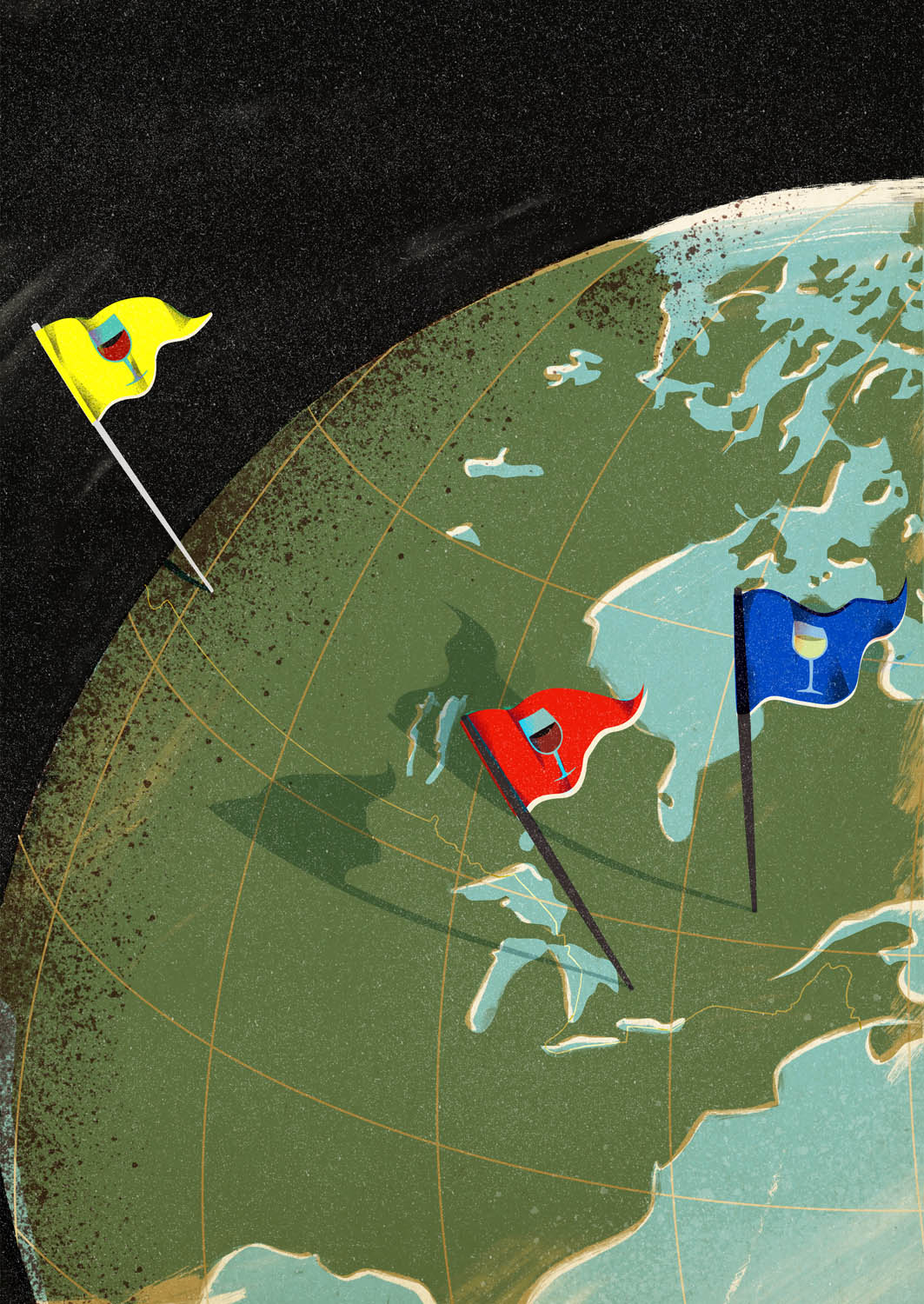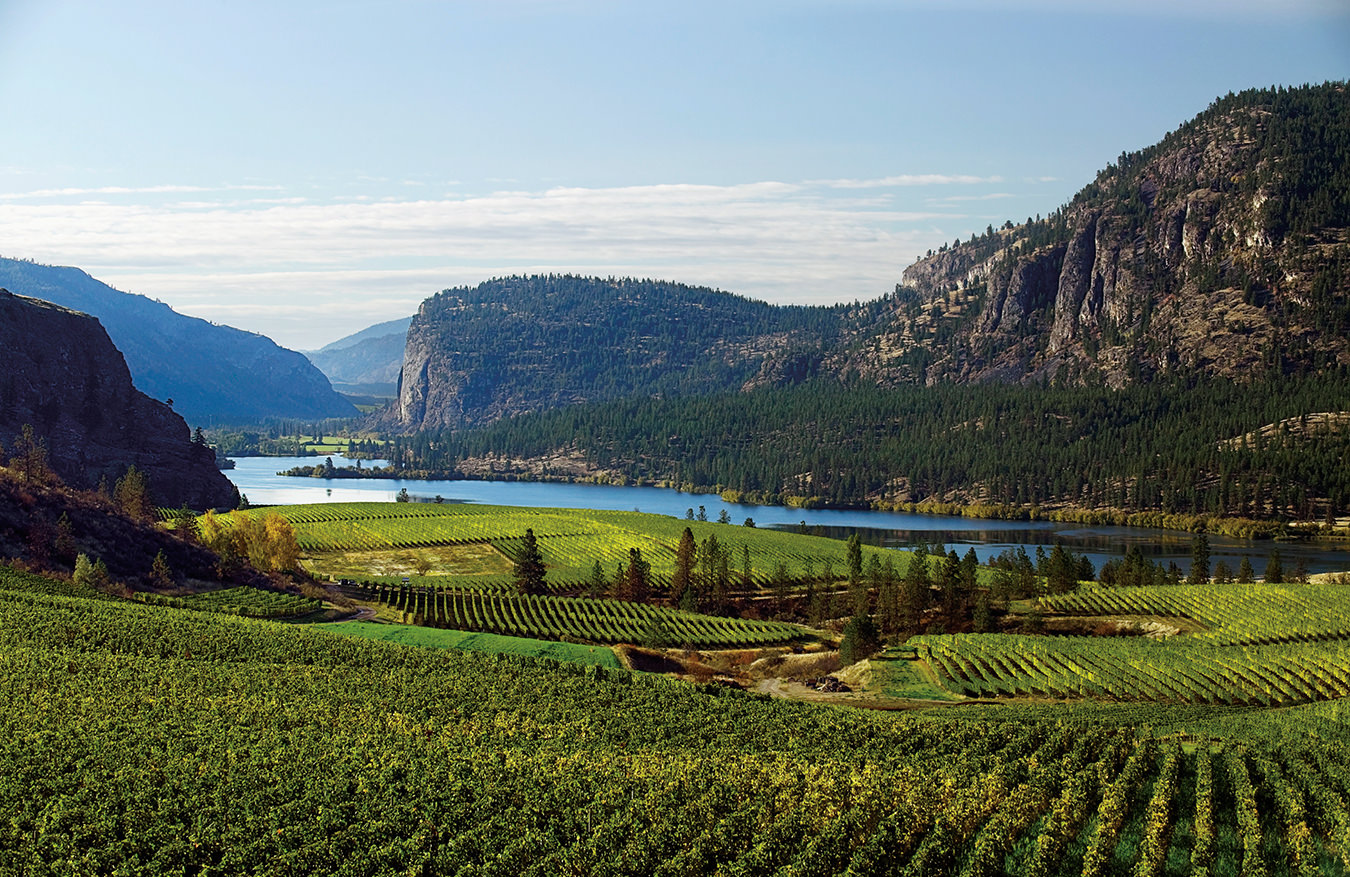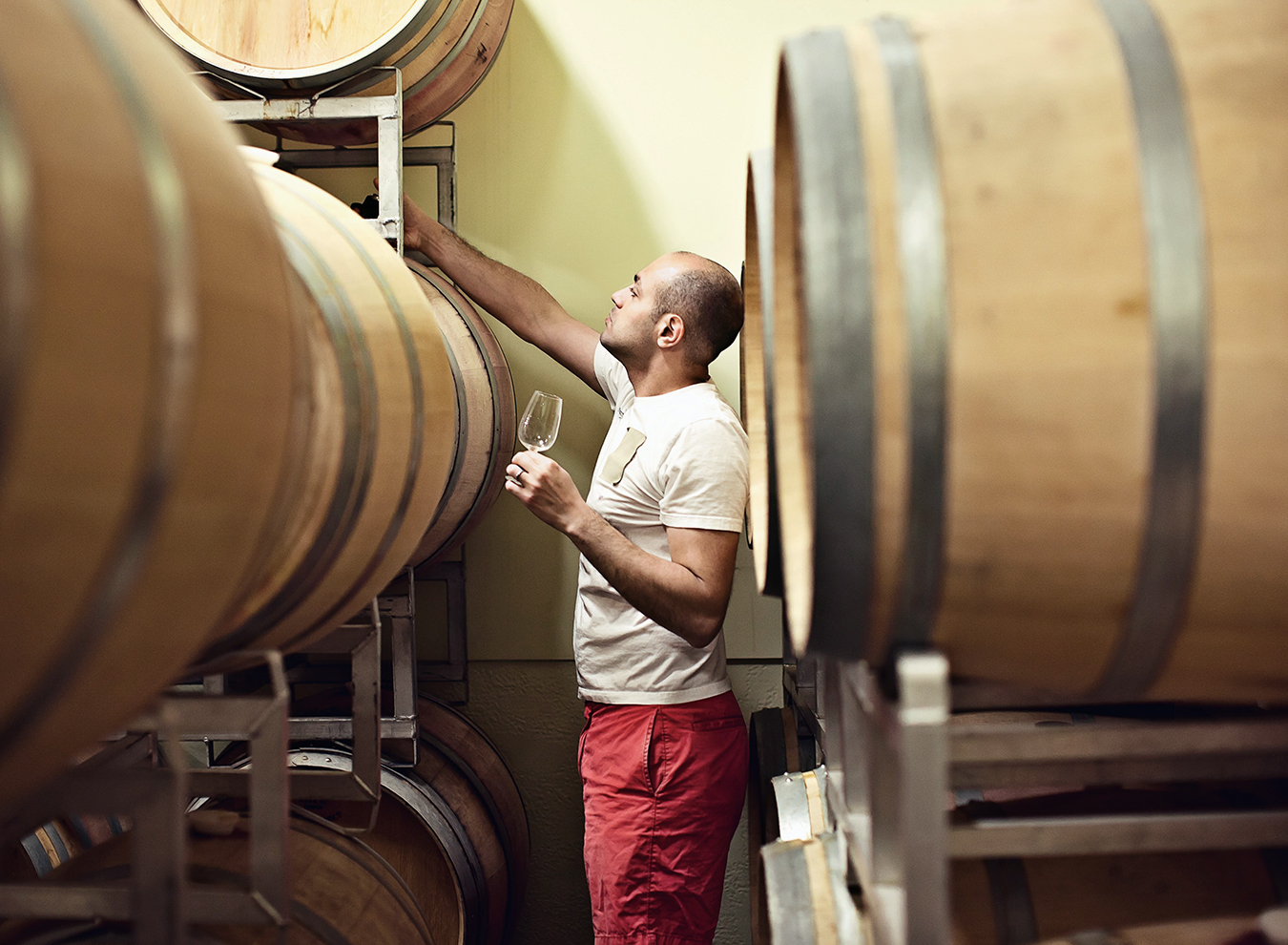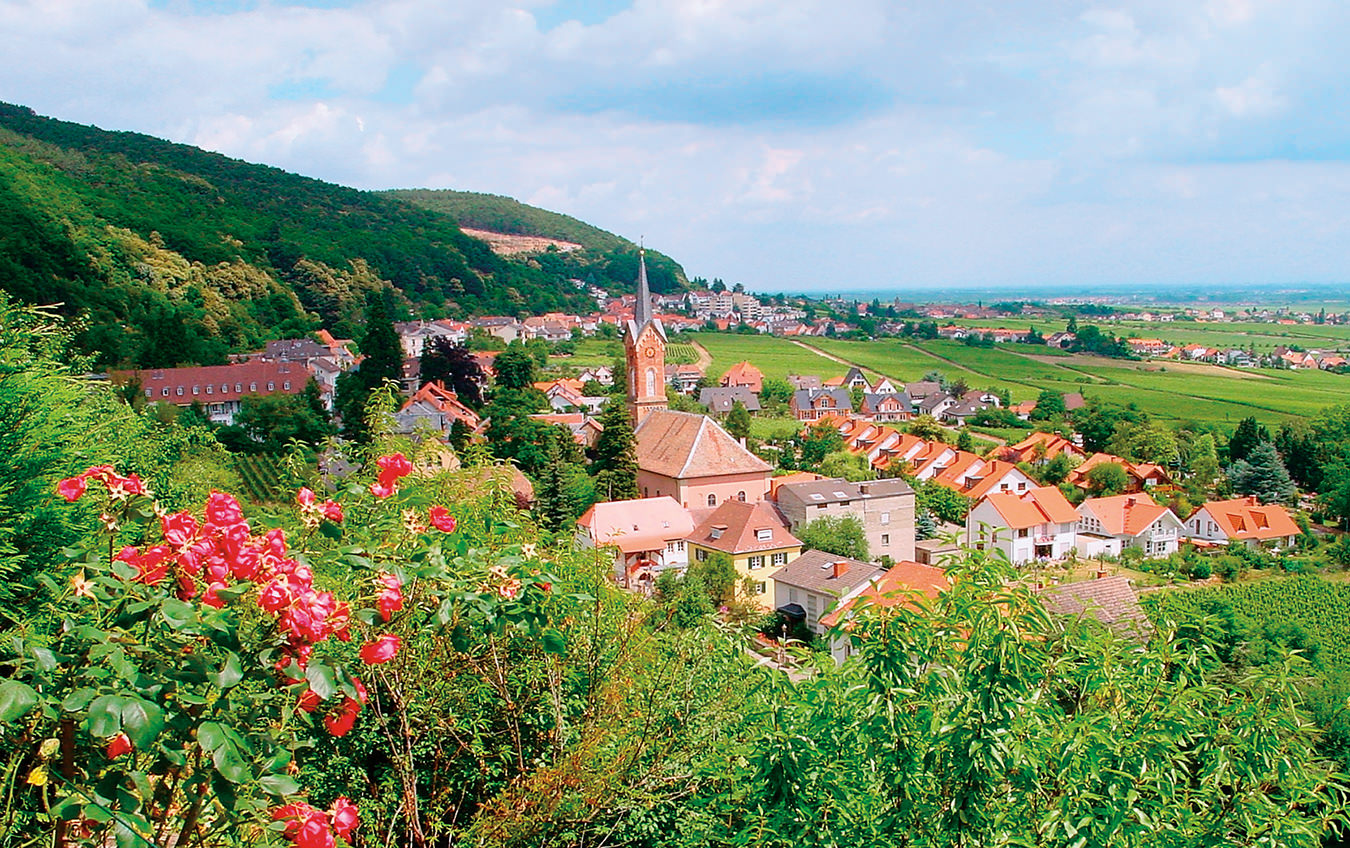Regional Wine Preferences in Canada
A British Columbian, a Quebecer, and an Ontarian walk into a wine bar. What do they order?

When Ontario’s Trail Estate winery ran a new wine past their Quebec agent, he said that while it might satisfy Ontario consumers, Quebec’s would want more acidity. So winemaker Mackenzie Brisbois reworked the original wine, a bright, flavourful, juicy, and serious blend that’s roughly equal parts gewürztraminer, cabernet sauvignon, cabernet franc, riesling, and viognier. For the Quebec market, she upped the contribution of higher-acid riesling, reduced the cabernet franc, and voilà—what had been Trail Estate Juicy Red 2021 became the even juicier Jus Rouge 2021.
But do Quebec wine consumers really like more-acidic wines than their Ontario counterparts? What about British Columbians? It’s actually not simply a matter of acidity but of style generally: a wine’s weight or body, fruit-acid balance, sugar and alcohol levels, and tannins.
The notion of national and regional taste preferences in wine is hardly new. In the 1800s, champagne was frequently made in the style preferred in different markets: Russians liked their champagne honey sweet, while the English preferred very dry styles. More recently it’s become a truism that Americans favour fruit-driven, somewhat sweet wines, while Europeans find drier wines with more restrained flavours and higher acidity more palatable.
To talk of national and regional taste preferences is to use very broad strokes, of course, because every market is made up of many demographics with different preferences. Wine professionals generally believe less-experienced (younger) wine drinkers prefer fruitier, simple wines, and that as they become more sophisticated, they turn to drier, more-subtle and -structured styles. There is little evidence to support this, plus as people age and their taste buds become less sensitive, they might seek out more flavourful and sweeter wines as they do with food.
There is evidence that taste preferences vary from one Canadian province to another, from a New World style that is fruit-driven and has moderate acidity to an Old World style that gives less emphasis to fruit and more to acidity and structure. It’s sometimes said that these differences no longer exist, because many European wine producers now make their wines in a New World style for international markets, while many New World producers make Old World–style wines. But the general distinction is still valid, as any comparative taste test shows: compare a Loire Valley sauvignon blanc with one from New Zealand, a Burgundy pinot noir with one from California, or a Rhône syrah with an Australian shiraz. Styles vary from producer to producer, but the broad Old World–New World differences are undeniable.
Provincial wine sales show dramatic differences in preferences. In British Columbia, most wines sold in provincial liquor stores are New World in style, in Quebec the majority are Old World, and Ontario lies somewhere in between. In B.C., most of the wine sold in BC Liquor stores is from the province itself, with the U.S. (mostly California), Italy, and France well behind. Most B.C. wine, which comes from the warm south of the Okanagan Valley, is distinctly New World in style. Along with wines from California and other New World sources, British Columbians clearly prefer fruit-driven wines.
Quebec is different, because it has a tiny winemaking industry and sales of made-in-province wines are negligible, as are those from elsewhere in Canada. The most popular wines in SAQ stores are from France (a third of total sales), Italy (a fifth), and Spain (a 10th), followed by the U.S. and Australia. European wines account for almost three-quarters of Quebec wine sales, the reverse of the B.C. pattern.
In Ontario, a third of the wines sold in LCBO stores are Ontario wines, which tend to be distinctly cool climate and Old World in style, with higher acidity than their B.C. counterparts. Together, Ontario and European wines make up most Ontario sales, though less than in Quebec.
These are only the sales at province-run liquor stores, and there are other channels: direct from wineries, privately owned wine stores, online commerce, and grocery and convenience stores. Sales from wineries are all local wines, but it’s not clear if sales from other sources would make much difference.
These wine-buying patterns suggest that there are clear differences in wine-style preferences among the three biggest provinces. They also reflect the geography: British Columbia, on the Pacific Rim, is more open to the New World than Quebec, with its historical ties to France and proximity to the Atlantic Ocean. Ontario, all but landlocked, lies in between.
It’s a complicated picture, considering that in the recent past, big-selling wines in all provinces have included Australian shiraz, New Zealand sauvignon blanc, and Argentine malbec—all fruity, if not actually sweet, and good examples of the New World style. Overall, though, the characteristics of Canada’s biggest provinces seem to be reflected by their wine preferences.




